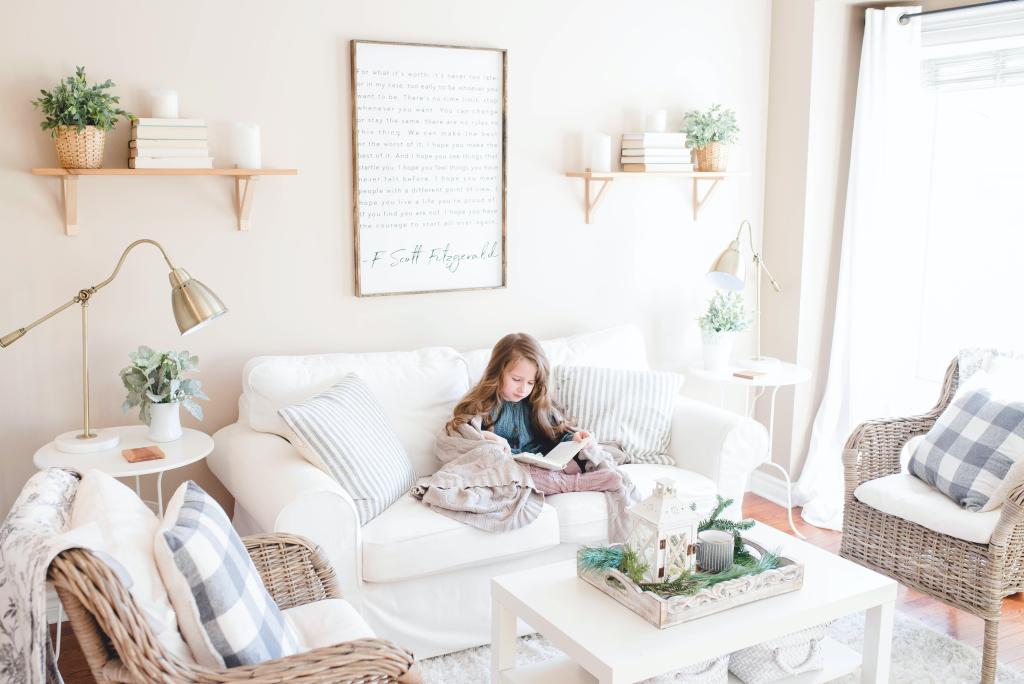
When parents separate navigating decisions around looking after their children can be difficult. There is no right or wrong answer a around how parents approach caring for their children post separation. In this article we look at “nesting arrangements”.
Nesting arrangements
The “Birds Nest Approach” or “Nesting arrangement” is a shared child arrangement that sees the children staying in the family home after parents separate. The name comes for the notion of birds nesting, i.e. one bird leave the nest in search of food, whilst the other remains with the chicks. The children remain in the home while the parents rotate between the houses.
This is usually used as a short-term solution while the separating parents continue to share the family home as their main residence, or where one of the parents has moved out and is yet to set up a permanent or suitable home elsewhere.
It can only work when the parents are willing to cooperate and there is no conflict. In any event, it should only be a short term solution.
What does the Family Court think about nesting arrangements?
In the case of A, B and C (Children: Nesting Arrangement) the Court considered this very thing.
The family had settled on an arrangement which saw the parent’s sharing the care of their 3 children equally. They took it in turns to leave the family home, letting the other parent care for the children in the family home.
Both parents had a view on how the nesting arrangement would affect the children. The father believed the nesting approach was in their best interest as it provided the children with a stable and consistent base in their family home and reflected how they lived prior to the relationship breaking down.
The mother however, said she did not feel able to sustain the nesting arrangement due to conflict with the father and that shared living arrangements in two separate houses would be in their best.
An independent social worker recommended that there should be a shared care arrangement such that, over time, the children were able to balance their staying time between both parents in their separate homes. He acknowledged that this recommendation did not reflect the children’s stated wishes but that it afforded their best interests.
He stated that in his experience, “nesting arrangements work well and can be of benefit to all when the parents are in accord.” However, he also had experience of such arrangements when, as here, the parents continue to be in conflict and where the children remain exposed to the same. “I am not aware of such arrangements”, he said, “where parental conflict and discord remain, that remain in place or afford good outcomes for the children.”
The judge concluded that the nesting arrangement had overextended the time in which it had been helpful to the children and was now giving false promise to them as to the reality of the parent’s separation. It also prevented the children from spending quality time with their mother and was adversely affecting her ability to be a good mother to them.
The Order made provided for the mother to have overnight care of the children in her new home. The father’s appeal against the Judge’s decision was unsuccessful.
Considering this judgement and the judicial comments made, it seems evident that at the judicial level there is a view that nesting arrangements are only likely to serve a family in the short term.
Pros of nesting arrangement
- It provides for the children to be able to remain settled in their family home in familiar surroundings, providing them with stability and resembles family life pre-separation;
- It provides the opportunity for both parents to work together, for there to be good communication between the parents and show an united and collaborative approach for the children;
- It enables both parents to remain fully involved in their children’s lives and to share their upbringing together; and
- It enables the children to remain at their schools and for both parents to be involved with their schooling.
Cons of a bird nesting arrangement
- The arrangement might be confusing for children and unsettling as they don’t understand why their parents are living with them at different times and that they are no longer together as a couple.
- Parents will need another property to live in when they are not with the children or find somewhere else to stay, which could mean that they are paying for and running two or three homes;
- Nesting arrangements need a large amount of trust between the parties, which makes it important for ground rules to be set. For example: What happens if either parent begins a new relationship? Who provides for food/bills when they are in the family home?
- Nesting arrangements will become difficult long term as parents want to move on with their lives, for example if they meet new partners and want to live with them.
Every family is different for some, a nesting arrangement works, for others it doesn’t. When thinking about looking after your children you need to always put their best interests first.
If you do wish to enter into a nesting arrangement, writing the agreed terms in a document which both parents can refer to and follow is important to enable both to know what they can and can’t do whilst in either property.
Need some advice? Get in touch today
"*" indicates required fields
The information submitted here is used and stored for the purpose of replying to the enquiry. For more information on how we process data please visit our Privacy Policy.









